For phone nerds who've been around the block a few times, the original Motorola Razr is undeniably iconic. The era of foldables has allowed Motorola to resurrect the Razr in an appropriately flexible form, and after a few generations of refinement, the 2025 Razrs are spectacular pieces of hardware. They look great, they're fun to use, and they just about disappear in your pocket.
The new Razrs also have enormous foldable OLEDs, along with external displays that are just large enough to be useful. Moto has upped its design game, offering various Pantone shades with interesting materials and textures to make the phones more distinctive, but Motorola's take on mobile AI could use some work, as could its long-term support policy. Still, these might be the coolest phones you can get right now.
An elegant tactile experience
Many phone buyers couldn't care less about how a phone's body looks or feels—they'll just slap it in a case and never look at it again. Foldables tend not to fit as well in cases, so the physical design of the Razrs is important. The good news is that Motorola has refined the foldable formula with an updated hinge and some very interesting material choices.
The Razr Ultra is available with a classy wood back. Credit: Ryan Whitwam
The 2025 Razrs come in various colors, all of which have interesting material choices for the back panel. There are neat textured plastics, wood, vegan leather, and synthetic fabrics. We've got wood (Razr Ultra) and textured plastic (Razr) phones to test—they look and feel great. The Razr is very grippy, and the wooden Ultra looks ultra-stylish, though not quite as secure in the hand. The aluminum frames are also colored to match the back with a smooth matte finish. Motorola has gone to great lengths to make these phones feel unique without losing the premium vibe. It's nice to see a phone maker do that without resorting to a standard glass sandwich body.
The buttons are firm and tactile, but we're detecting just a bit of rattle in the power button. That's also where you'll find the fingerprint sensor. It's reasonably quick and accurate, whether the phone is open or closed. The Razr Ultra also has an extra AI button on the opposite side, which is unnecessary, for reasons we'll get to later. And no, you can't remap it to something else.
The Razrs have a variety of neat material options. Credit: Ryan Whitwam
The front of the flip on these phones features a big sheet of Gorilla Glass Ceramic, which is supposedly similar to Apple's Ceramic Shield glass. That should help ward off scratches. The main camera sensors poke through this front OLED, which offers some interesting photographic options we'll get to later. The Razr Ultra has a larger external display, clocking in at 4 inches. The cheaper Razr gets a smaller 3.6-inch front screen, but that's still plenty of real estate, even with the camera lenses at the bottom.
| Motorola Razr ($699.99) | Motorola Razr+ ($999.99) | Motorola Razr Ultra ($1,299.99) | |
| SoC | MediaTek Dimensity 7400X | Snapdragon 8s Gen 3 | Snapdragon 8 Elite |
| Memory | 8GB | 12GB | 16GB |
| Storage | 256GB | 256GB | 512GB, 1TB |
| Display | 6.9" foldable OLED (120 Hz, 2640 x 1080), 3.6" external (90 Hz) | 6.9" foldable OLED (165 Hz, 2640 x 1080), 4" external (120 Hz, 1272 x 1080) | 7" foldable OLED (165 Hz, 2992 x 1224), 4" external (165 Hz) |
| Cameras | 50 MP f/1.7 OIS primary; 13 MP f/2.2 ultrawide, 32 MP selfie | 50 MP f/1.7 OIS primary; 50 MP 2x telephoto f/2.0, 32 MP selfie | 50 MP f/1.8 OIS primary, 50 MP ultrawide + macro, f/2.0, 50 MP selfie |
| Software | Android 15 | Android 15 | Android 15 |
| Battery | 4,500 mAh, 30 W wired charging, 15 W wireless charging | 4,000 mAh, 45 W wired charging, 15 W wireless charging | 4,700 mAh, 68 W wired charging, 15 W wireless charging |
| Connectivity | Wi-Fi 6e, NFC, Bluetooth 5.4, sub-6 GHz 5G, USB-C 2.0 | Wi-Fi 7, NFC, Bluetooth 5.4, sub-6 GHz 5G, USB-C 2.0 | Wi-Fi 7, NFC, Bluetooth 5.4, sub-6 GHz 5G, USB-C 2.0 |
| Measurements | Open: 73.99 x 171.30 x 7.25 mm; Closed: 73.99 x 88.08 x 15.85 mm; 188 g |
Open: 73.99 x 171.42 x 7.09 mm; Closed: 73.99 x 88.09x 15.32 mm; 189 g |
Open: 73.99 x 171.48 x 7.19 mm; Closed: 73.99 x 88.12 x 15.69 mm; 199 g |
Motorola says the updated foldable hinge has been reinforced with titanium. This is the most likely point of failure for a flip phone, but the company's last few Razrs already felt pretty robust. It's good that Moto is still thinking about durability, though. The hinge is smooth, allowing you to leave the phone partially open, but there are magnets holding the two halves together with no gap when closed. The magnets also allow for a solid snap when you shut it. Hanging up on someone is so, so satisfying when you're using a Razr flip phone.
Flip these phones open, and you get to the main event. The Razr has a 6.9-inch, 2640×1080 foldable OLED, and the Ultra steps up to 7 inches at an impressive 2992×1224. These phones have almost exactly the same dimensions, so the additional bit of Ultra screen comes from thinner bezels. Both phones are extremely tall when open, but they're narrow enough to be usable in one hand. Just don't count on reaching the top of the screen easily. While Motorola has not fully eliminated the display crease, it's much smoother and less noticeable than it is on Samsung's or Google's foldables.
The Razr Ultra has a 7-inch foldable OLED. Credit: Ryan Whitwam
The Razr can hit 3,000 nits of brightness, and the $1,300 Razr Ultra tops out at 4,500 nits. Both are bright enough to be usable outdoors, though the Ultra is noticeably brighter. However, both suffer from the standard foldable drawbacks of having a plastic screen. The top layer of the foldable screen is a non-removable plastic protector, which has very high reflectivity that makes it harder to see the display. That plastic layer also means you have to be careful not to poke or scratch the inner screen. It's softer than your fingernails, so it's not difficult to permanently damage the top layer.
Too much AI
Motorola's big AI innovation for last year's Razr was putting Gemini on the phone, making it one of the first to ship with Google's generative AI system. This time around, it has AI features based on Gemini, Meta Llama, Perplexity, and Microsoft Copilot. It's hard to say exactly how much AI is worth having on a phone with the rapid pace of change, but Motorola has settled on the wrong amount. To be blunt, there's too much AI. What is "too much" in this context? This animation should get the point across.
Motorola's AI implementation is... a lot. Credit: Ryan Whitwam
The Ask and Search bar appears throughout the UI, including as a floating Moto AI icon. It's also in the app drawer and is integrated with the AI button on the Razr Ultra. You can use it to find settings and apps, but it's also a full LLM (based on Copilot) for some reason. Gemini is a better experience if you're looking for a chatbot, though.
Moto AI also includes a raft of other features, like Pay Attention, which can record and summarize conversations similar to the Google recorder app. However, unlike that app, the summarizing happens in the cloud instead of locally. That's a possible privacy concern. You also get Perplexity integration, allowing you to instantly search based on your screen contents. In addition, the Perplexity app is preloaded with a free trial of the premium AI search service.
There's so much AI baked into the experience that it can be difficult to keep all the capabilities straight, and there are some more concerning privacy pitfalls. Motorola's Catch Me Up feature is a notification summarizer similar to a feature of Apple Intelligence. On the Ultra, this feature works locally with a Llama 3 model, but the less powerful Razr can't do that. It sends your notifications to a remote server for processing when you use Catch Me Up. Motorola says data is "anonymous and secure" and it does not retain any user data, but you have to put a lot of trust in a faceless corporation to send it all your chat notifications.
The Razrs have additional functionality if you prop them up in "tent" or "stand" mode. Credit: Ryan Whitwam
If you can look past Motorola's frenetic take on mobile AI, the version of Android 15 on the Razrs is generally good. There are a few too many pre-loaded apps and experiences, but it's relatively simple to debloat these phones. It's quick, doesn't diverge too much from the standard Android experience, and avoids duplicative apps.
We appreciate the plethora of settings and features for the external display. It's a much richer experience than you get with Samsung's flip phones. For example, we like how easy it is to type out a reply in a messaging app without even opening the phone. In fact, you can run any app on the phone without opening it, even though many of them won't work quite right on a smaller square display. Still, it can be useful for chat apps, email, and other text-based stuff. We also found it handy for using smart home devices like cameras and lights. There are also customizable panels for weather, calendar, and Google "Gamesnack" games.
The Razr Ultra (left) has a larger screen than the Razr (right). Credit: Ryan Whitwam
Motorola promises three years of full OS updates and an additional year of security patches. This falls far short of the seven-year update commitment from Samsung and Google. For a cheaper phone like the Razr, four years of support might be fine, but it's harder to justify that when the Razr Ultra costs as much as a Galaxy S25 Ultra.
One fast foldable, one not so much
Motorola is fond of saying the Razr Ultra is the fastest flip phone in the world, which is technically true. It has the Snapdragon 8 Elite chip with 16GB of RAM, but we expect to see the Elite in Samsung's 2025 foldables later this year. For now, though, the Razr Ultra stands alone. The $700 Razr runs a Mediatek Dimensity 7400X, which is a distinctly midrange processor with just 8GB of RAM.
The Razr Ultra gets close to the S25. Credit: Ryan Whitwam
In daily use, neither phone feels slow. Side by side, you can see the Razr is slower to open apps and unlock, and the scrolling exhibits occasional jank. However, it's not what we'd call a slow phone. It's fine for general smartphone tasks like messaging, browsing, and watching videos. You may have trouble with gaming, though. Simple games run well enough, but heavy 3D titles like Diablo Immortal are rough with the Dimensity 7400X.
The Razr Ultra is one of the fastest Android phones we've tested, thanks to the Snapdragon chip. You can play complex games and multitask to your heart's content without fear of lag. It does run a little behind the Galaxy S25 series in benchmarks, but it thankfully doesn't get as toasty as Samsung's phones.
We never expect groundbreaking battery life from foldables. The hinge takes up space, which limits battery capacity. That said, Motorola did fairly well cramming a 4,700 mAh battery in the Razr Ultra and a 4,500 mAh cell in the Razr.
Based on our testing, both of these phones should last you all day. The large external displays can help by giving you just enough information that you don't have to use the larger, more power-hungry foldable OLED. If you're playing games or using the main display exclusively, you may find the Razrs just barely make it to bedtime. However, no matter what you do, these are not multi-day phones. The base model Razr will probably eke out a few more hours, even with its smaller battery, due to the lower-power MediaTek processor. The Snapdragon 8 Elite in the Razr Ultra really eats into the battery when you take advantage of its power.
The Razrs are extremely pocketable. Credit: Ryan Whitwam
While the battery life is just this side of acceptable, the Razr Ultra's charging speed makes this less of a concern. This phone hits an impressive 68 W, which is faster than the flagship phones from Google, Samsung, and Apple. Just a few minutes plugged into a compatible USB-C charger and you've got enough power that you can head out the door without worry. Of course, the phone doesn't come with a charger, but we've tested a few recent models, and they all hit the max wattage.
OK cameras with super selfies
Camera quality is another area where foldable phones tend to compromise. The $1,300 Razr Ultra has just two sensors—a 50 MP primary sensor and a 50 MP ultrawide lens. The $700 Razr has a slightly different (and less capable) 50 MP primary camera and a 13 MP ultrawide. There are also selfie cameras peeking through the main foldable OLED panels—50 MP for the Ultra and 32 MP for the base model.
The cheaper Razr has a smaller external display, but it's still large enough to be usable. Credit: Ryan Whitwam
Motorola's Razrs tend toward longer exposures compared to Pixels—they're about on par with Samsung phones. That means capturing fast movement indoors is difficult, and you may miss your subject outside due to a perceptible increase in shutter lag compared to Google's phones. Images from the base model Razr's primary camera also tend to look a bit more overprocessed than they do on the Ultra, which leads to fuzzy details and halos in bright light.
Razr Ultra outdoors. Ryan Whitwam
That said, Motorola's partnership with Pantone is doing some good. The colors in our photos are bright and accurate, capturing the vibe of the scene quite well. You can get some great photos of stationary or slowly moving subjects.
Razr 2025 indoor medium light. Ryan Whitwam
The 50 MP ultrawide camera on the Razr Ultra has a very wide field of view, but there's little to no distortion at the edges. The colors are also consistent between the two sensors, but that's not always the case for the budget Razr. Its ultrawide camera also lacks detail compared to the Ultra, which isn't surprising considering the much lower resolution.
You should really only use the dedicated front-facing cameras for video chat. For selfies, you'll get much better results by taking advantage of the Razr's distinctive form factor. When closed, the Razrs let you take selfies with the main camera sensors, using the external display as the viewfinder. These are some of the best selfies you'll get with a smartphone, and having the ultrawide sensor makes group shots excellent as well.
Flip phones are still fun
While we like these phones for what they are, they are objectively not the best value. Whether you're looking at the Razr or the Razr Ultra, you can get more phone for the same money from other companies—more cameras, more battery, more updates—but those phones don't fold in half. There's definitely a cool-factor here. Flip phones are stylish, and they're conveniently pocket-friendly in a world where giant phones barely fit in your pants. We also like the convenience and functionality of the external displays.
The Razr Ultra is all screen from the front. Credit: Ryan Whitwam
The Razr Ultra makes the usual foldable compromises, but it's as capable a flip phone as you'll find right now. It's blazing fast, it has two big displays, and the materials are top-notch. However, $1,300 is a big ask.
Is the Ultra worth $500 more than the regular Razr? Probably not. Most of what makes the foldable Razrs worth using is present on the cheaper model. You still get the solid construction, cool materials, great selfies, and a useful (though slightly smaller) outer display. Yes, it's a little slower, but it's more than fast enough as long as you're not a heavy gamer. Just be aware of the potential for Moto AI to beam your data to the cloud.
There is also the Razr+, which slots in between the models we have tested at $1,000. It's faster than the base model and has the same large external display as the Ultra. This model could be the sweet spot if neither the base model nor the flagship does it for you.
The good
- Sleek design with distinctive materials
- Great performance from Razr Ultra
- Useful external display
- Big displays in a pocket-friendly package
The bad
- Too much AI
- Razr Ultra is very expensive
- Only three years of OS updates, four years of security patches
- Cameras trail the competition
Ryan Whitwam is a senior technology reporter at Ars Technica, covering the ways Google, AI, and mobile technology continue to change the world. Over his 20-year career, he's written for Android Police, ExtremeTech, Wirecutter, NY Times, and more. He has reviewed more phones than most people will ever own. You can follow him on Bluesky, where you will see photos of his dozens of mechanical keyboards.

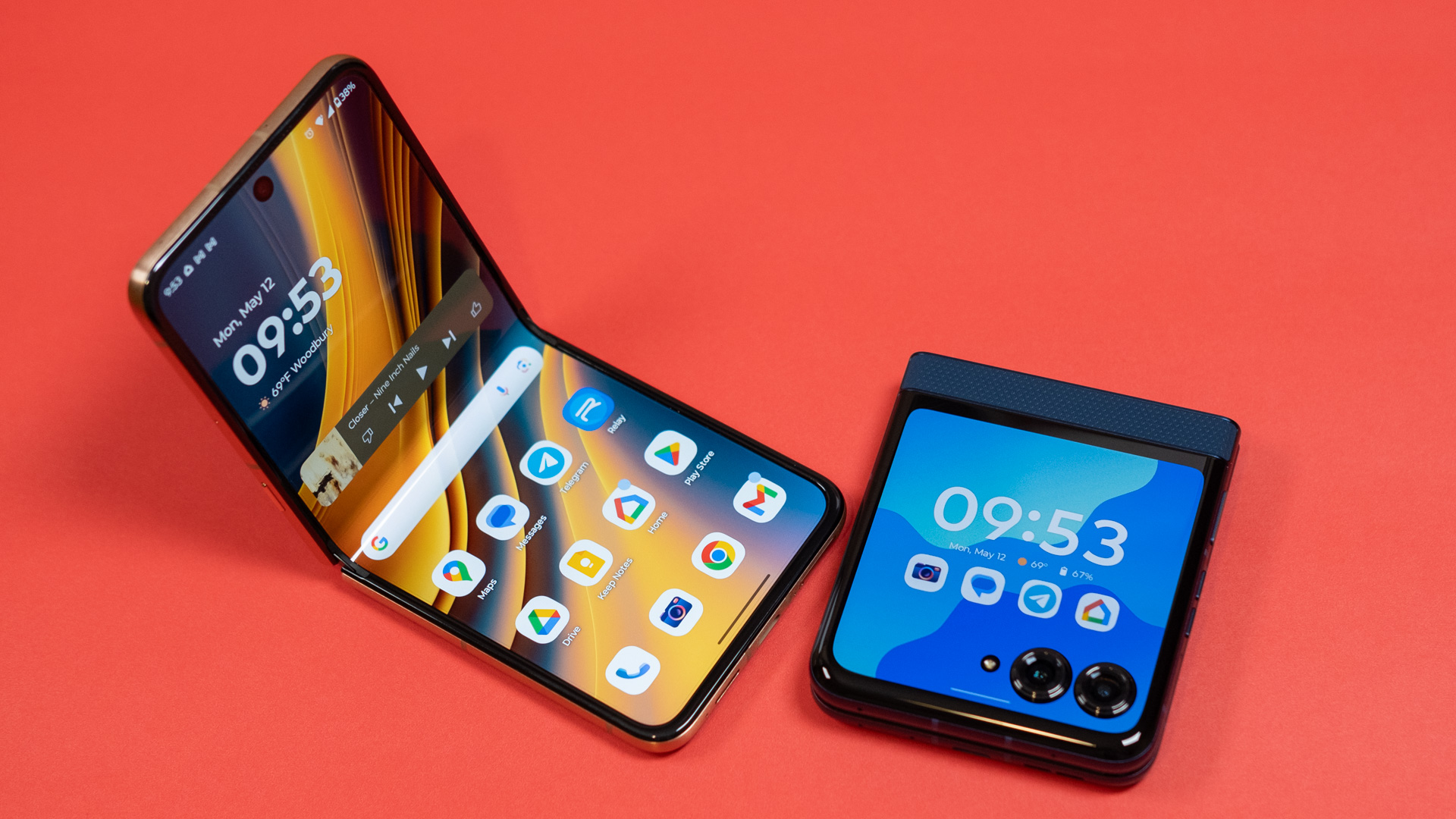


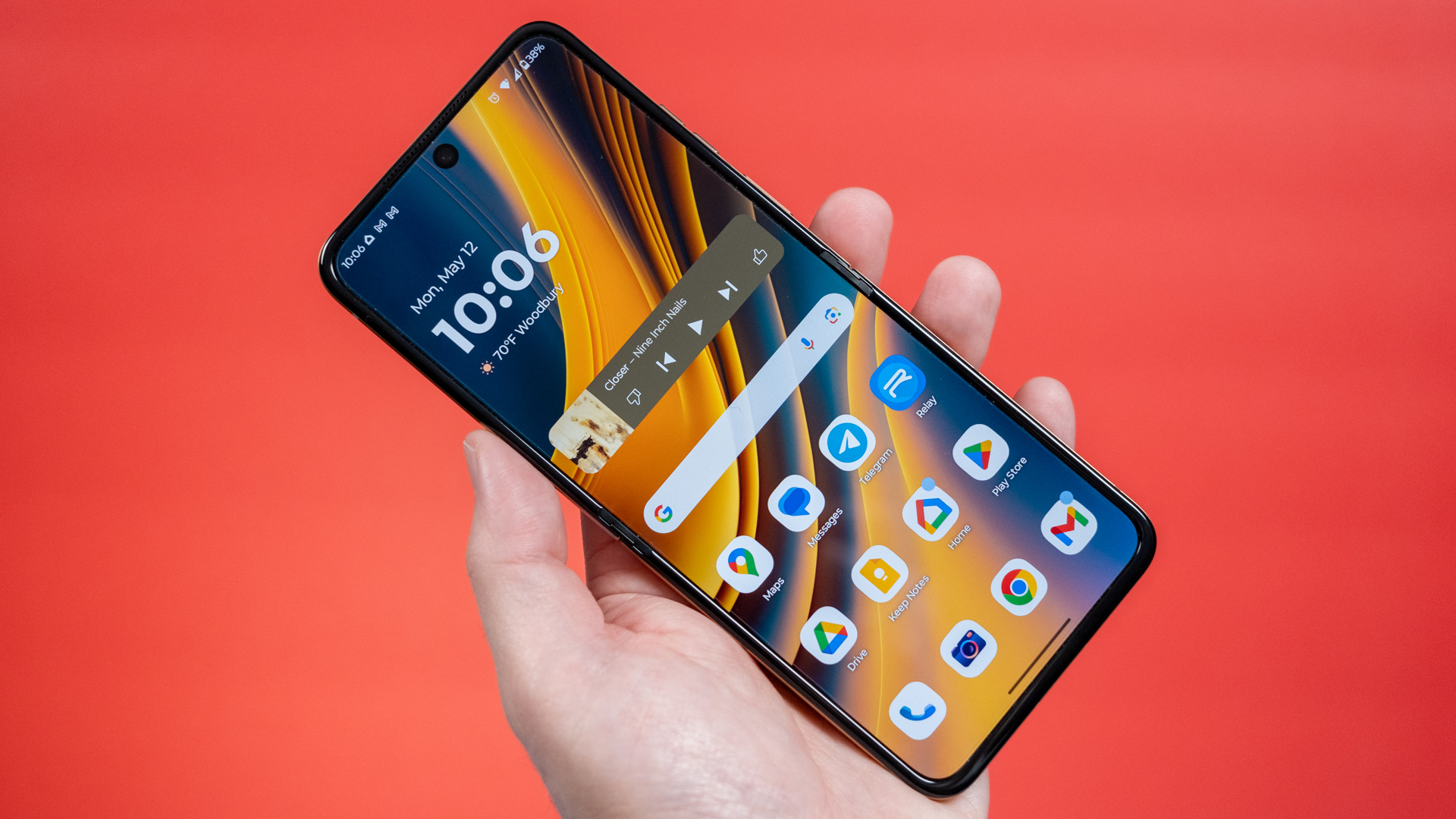


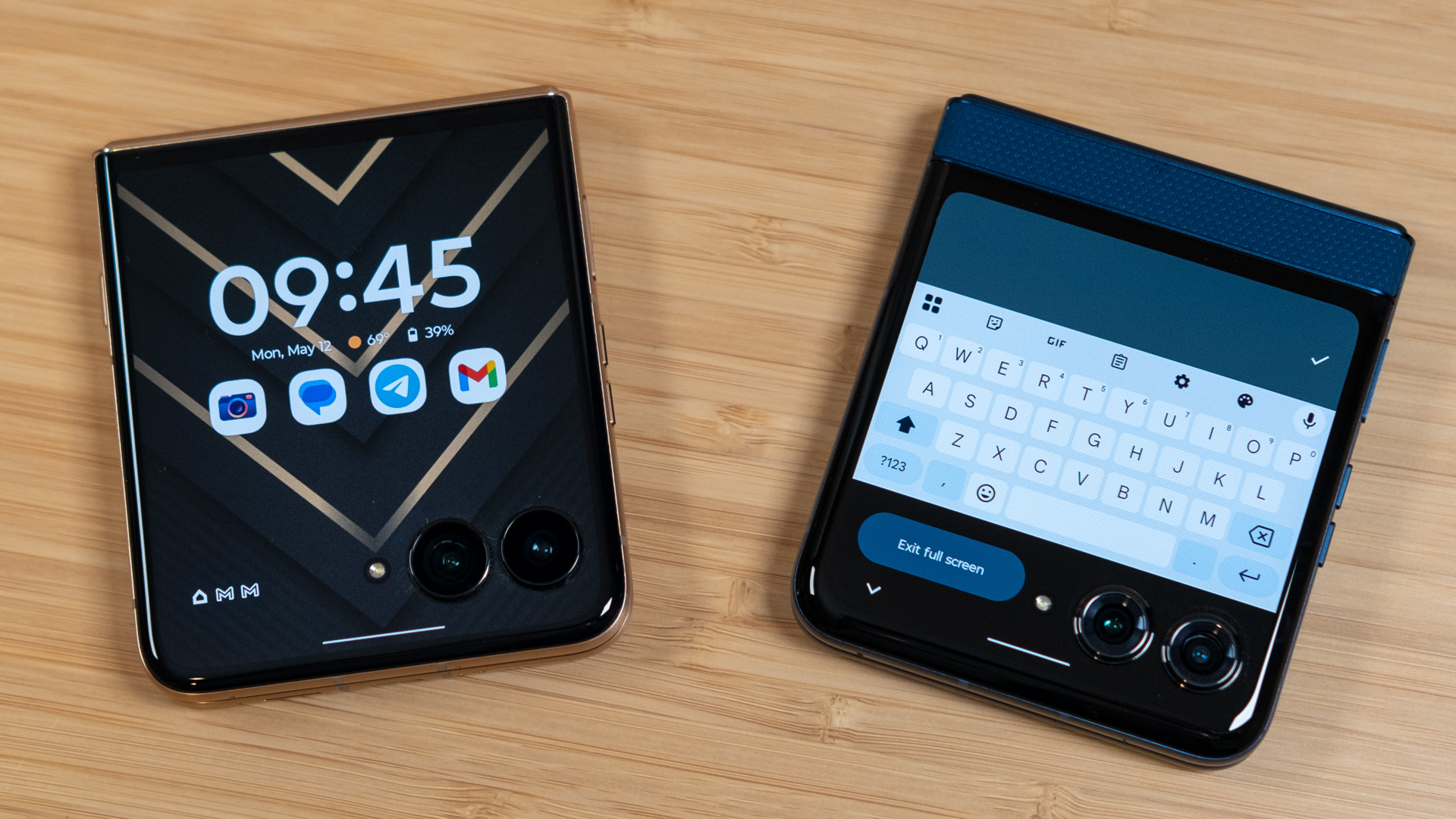
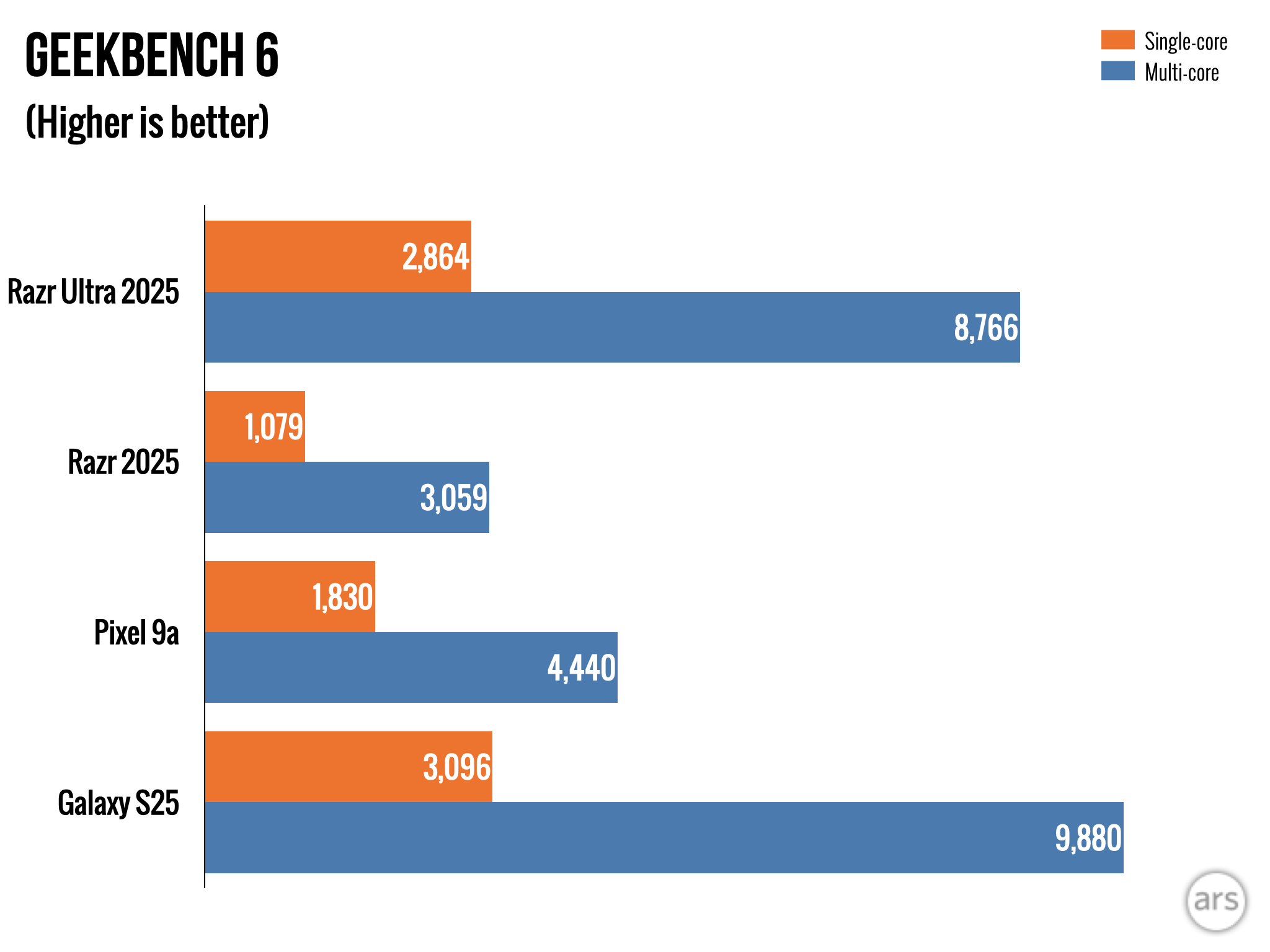
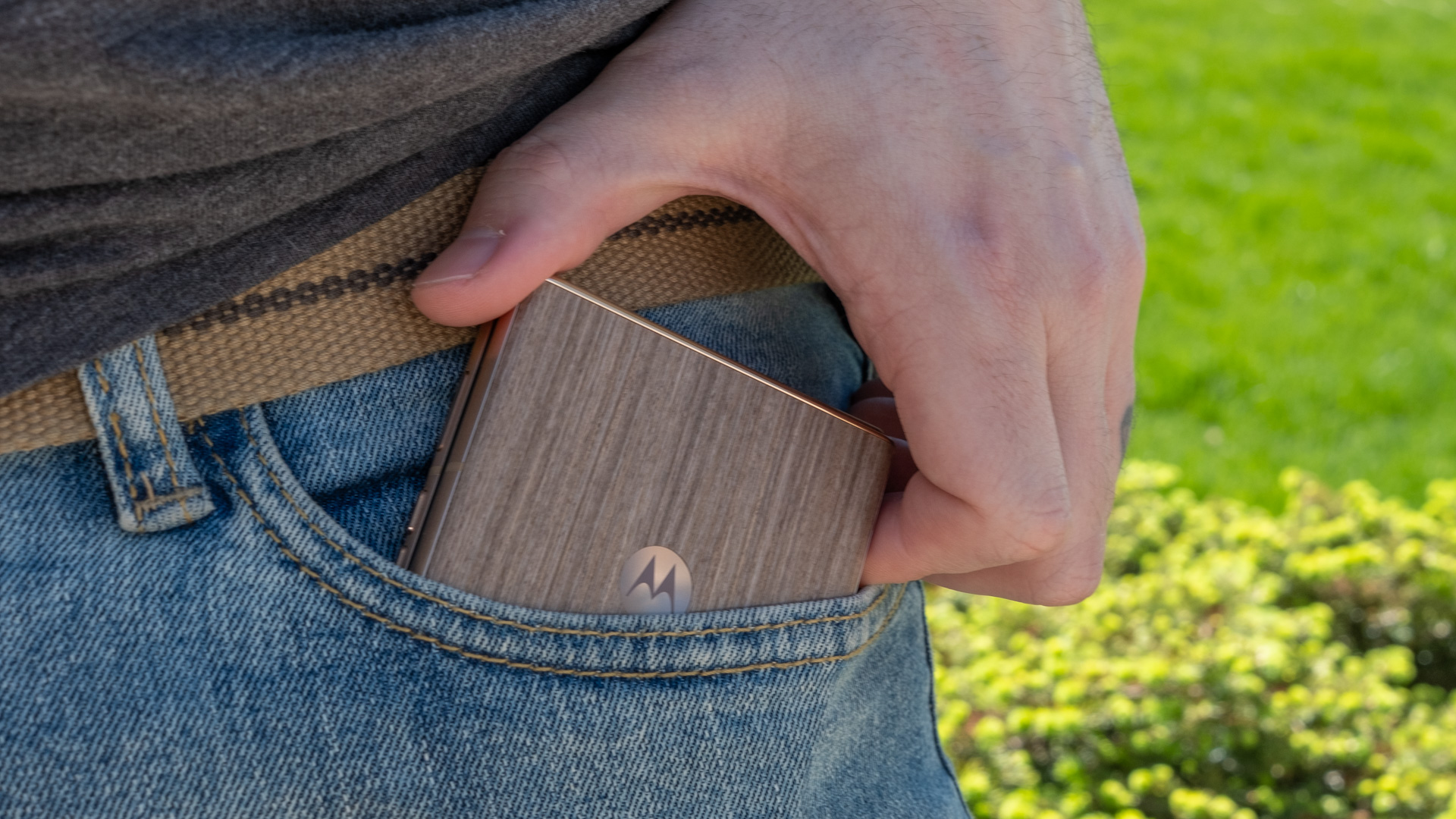





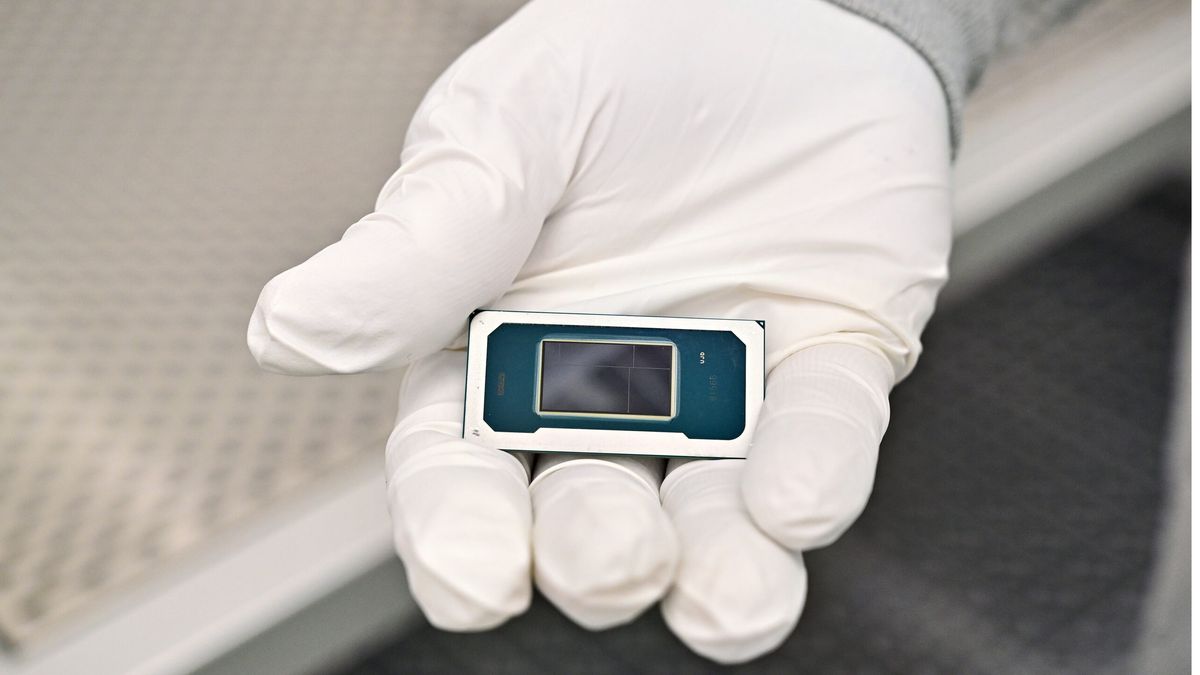

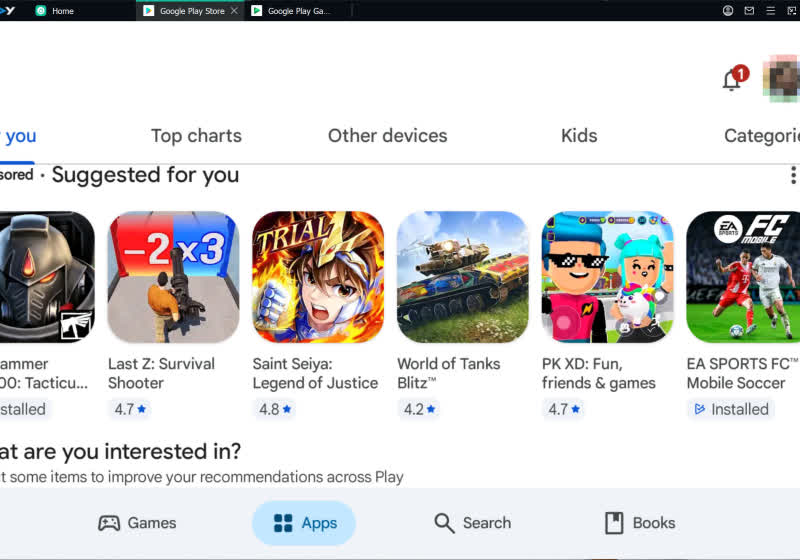


 English (US) ·
English (US) ·